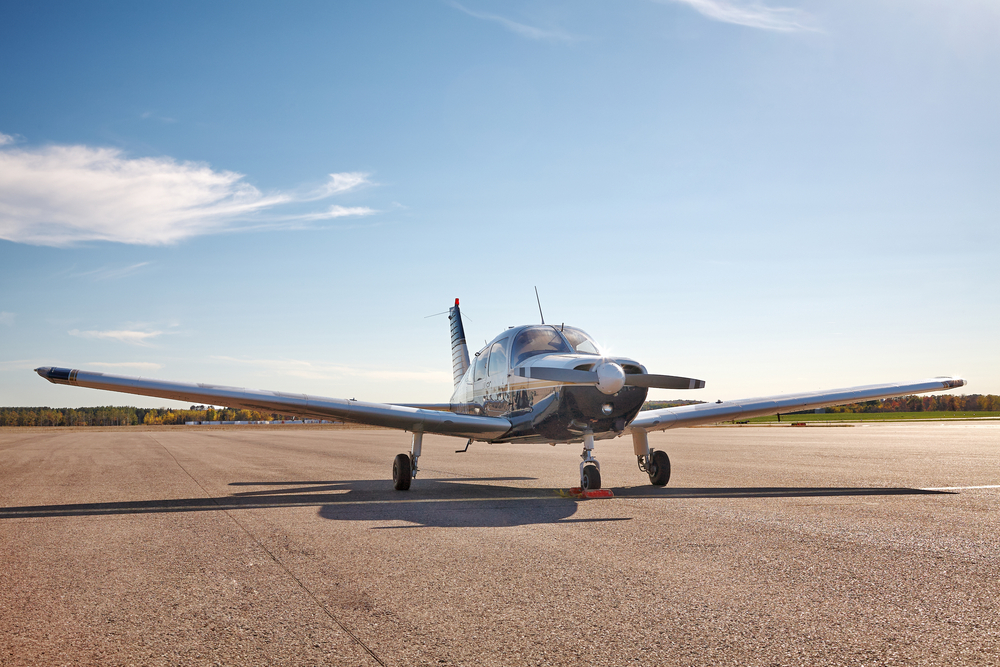P-40 Crash in Montana
The P-40 Warhawk was an American single-engine, single-seat, all-metal fighter and ground-attack aircraft that first flew in 1938. It was used extensively during World War II. Various versions of this aircraft saw service with the United States Army Air Forces, the RAF (Royal Air Force), and many other nations. Despite its robust design, there were numerous crashes, including some notable ones in Montana.
The Aircraft
The P-40’s design was based on the earlier Curtiss P-36 Hawk. It featured an Allison V-1710 engine, which provided a maximum speed of around 360 miles per hour. Armament usually consisted of two .50 cal and four .30 cal machine guns. It served in all theaters of war and was especially successful during the early years before being gradually replaced by more advanced fighters.
Why Montana?
Montana’s wide-open spaces made it an excellent location for pilot training during World War II. Several airfields were established in the region, including Great Falls Army Air Base and Gore Field. These airfields served as key training and operational bases for P-40 operations. The state’s challenging terrain and weather also made it a suitable location for acclimating pilots to diverse flying conditions.
Details of the Crash
One of the most significant P-40 crashes in Montana occurred near Great Falls. The aircraft, which was part of a training squadron, encountered engine trouble. Despite the pilot’s attempts to control the aircraft, it ultimately went down in a remote area. The rugged terrain complicated rescue efforts.
- The incident took place during a routine training exercise.
- Engine failure was identified as the primary cause of the crash.
- Search and rescue efforts were hampered by poor weather conditions.
- The pilot, unfortunately, did not survive the crash.
Impact on Training Protocols
The crash prompted a re-evaluation of training procedures. The military took several steps to address the issues that led to the accident:
- Engine maintenance protocols were revised to ensure more frequent checks.
- Emergency procedures were updated to better prepare pilots for unexpected engine failures.
- Increased emphasis was placed on survival training for crash scenarios.
Legacy of the P-40 in Montana
The P-40 holds a special place in Montana’s aviation history. Several airfields that operated these aircraft during the war have since been converted to civilian use. Museums and memorials across the state often feature the P-40, celebrating its role in the state’s military aviation history. Enthusiasts and historians continue to study these planes, often bringing attention to the stories of the pilots who flew them.
Historical Sites and Memorials
- The Great Falls Air Museum features exhibits on World War II aviation, including the P-40.
- The Montana Military Museum at Fort Harrison includes historical records of the P-40’s service.
- Various memorials in Great Falls honor pilots who flew and died in these aircraft.
Cultural Significance
The P-40’s presence in Montana has been highlighted in various cultural works, from books to documentaries. Local veterans’ associations often commemorate the aircraft and its pilots in their events. The stories of these planes and their pilots have become a part of the regional heritage, preserving a crucial chapter in aviation history.
Preservation Efforts
Efforts to preserve P-40 aircraft and related artifacts continue to this day. Several organizations in Montana and beyond dedicate themselves to maintaining these pieces of history for future generations. Volunteers and experts work tirelessly to restore and display vintage aircraft, ensuring they remain a tangible link to the past.
- Restoration projects often rely on donations and volunteer labor.
- Museums frequently collaborate to share resources and expertise.
- Aviation enthusiasts play a crucial role in advocacy and preservation activities.
The P-40 crash in Montana is a poignant reminder of the risks faced by military pilots during the war. It also serves as a testament to the enduring legacy of these aircraft and the men who flew them. The continued interest and preservation efforts highlight the importance of remembering and learning from history.
